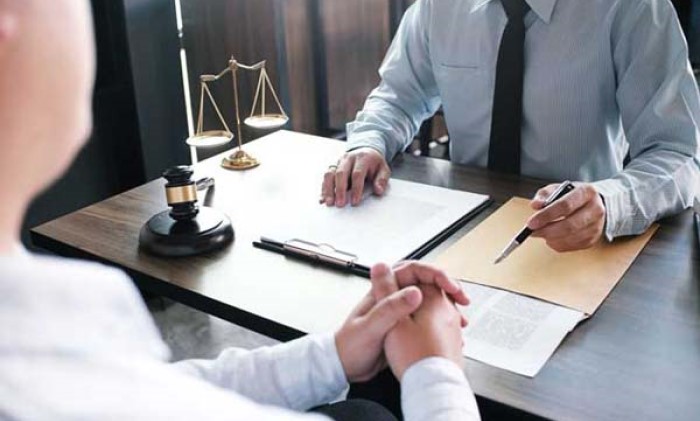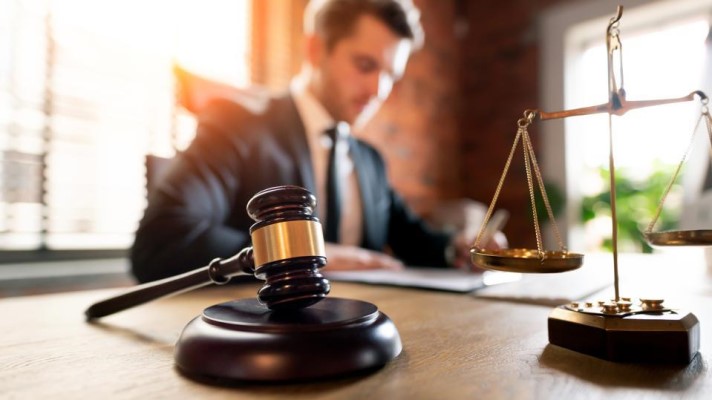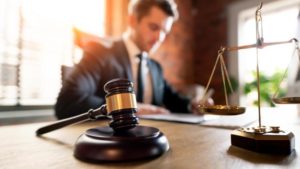Copyright registration is a crucial step for creators to protect their intellectual property. It ensures that they have the exclusive rights to their work and can take legal action against any unauthorized use. However, the process can be complex and fraught with potential pitfalls. Understanding the common mistakes made during copyright registration can help creators avoid costly errors and secure their rights effectively.
Relevance and Importance
Copyright infringement is a significant issue in the digital age, where content can be easily copied and distributed without permission. Registering your copyright provides a legal basis to enforce your rights and claim damages if your work is used unlawfully. By avoiding common mistakes in the registration process, you can ensure that your copyright is valid and enforceable.
Definition of Copyright
Copyright is a legal concept that grants the creator of original works exclusive rights to their use and distribution, usually for a limited time, with the intention of enabling the creator to receive compensation for their intellectual investment.
Importance of Copyright
Copyright is vital as it protects creators’ works from unauthorized use, ensuring they can control and monetize their creations. It promotes creativity and innovation by ensuring that creators can reap the benefits of their work.
What Can Be Copyrighted?
Works that can be copyrighted include literary works, music, films, software, paintings, photographs, and architectural designs. The work must be original and fixed in a tangible medium of expression.
Duration of Copyright Protection
The duration of copyright protection varies by country. In the United States, it typically lasts for the life of the author plus 70 years. For works made for hire, anonymous, or pseudonymous works, the duration is 95 years from publication or 120 years from creation, whichever is shorter.
The Copyright Registration Process
Overview of the Process
The copyright registration process involves preparing an application, submitting it along with a fee, and providing a copy of the work. The application is reviewed by the copyright office, and if all requirements are met, a certificate of registration is issued.
Preparing Your Application
Preparation involves gathering all necessary information about the work, including the title, author, date of creation, and any prior registrations. Proper documentation, such as copies of the work, must also be included.
Filing Your Application
Applications can be filed online through the U.S. Copyright Office’s eCO system or by mail. Online filing is generally faster and more convenient.
What Happens After Filing?
After filing, the copyright office reviews the application. If everything is in order, the office registers the work and issues a certificate of registration. If there are issues, they will contact the applicant for corrections.
Common Mistakes to Avoid
Incomplete Applications
Submitting an incomplete application is one of the most common mistakes. This includes missing essential information or required documentation, which can delay the registration process.
Incorrect Information
Providing incorrect information, such as wrong author details or dates, can invalidate the registration. It’s crucial to double-check all details before submission.
Failing to Register Timely
Timely registration is important for legal protection and the ability to claim statutory damages and attorney’s fees in cases of infringement. Delays can weaken your legal position.
Ignoring Supplemental Registrations
Supplemental registrations are necessary to correct or add information to a previous registration. Ignoring this can leave your work unprotected.
Not Registering All Versions of the Work
Each version of a work, if substantially different, should be registered to ensure comprehensive protection.
Overlooking International Protection
U.S. copyright protection does not extend internationally. It’s important to understand and secure copyright protection in other countries where your work might be used.
Neglecting to Register Collections of Works
Registering collections of works can be more efficient and cost-effective. Failing to do so can result in incomplete protection.
Not Understanding Joint Authorship Rules
Joint authorship has specific rules and implications for copyright. Not understanding these can lead to disputes and loss of rights.
Detailed Examination of Common Mistakes
Incomplete Applications
Missing Essential Information
An incomplete application can occur due to missing essential information such as the author’s name, the title of the work, or the date of creation. This can lead to delays or rejection of the application.
Omitting Required Documentation
Required documentation, such as a copy of the work or supporting documents for claims, must be included. Omitting these can result in an incomplete application.
Incorrect Information
Incorrect Author Details
Providing incorrect details about the author, such as misspelled names or incorrect birth dates, can invalidate the copyright registration.
Wrong Dates
Dates are crucial in copyright registration. Incorrect creation or publication dates can lead to disputes over the validity of the copyright.
Failing to Register Timely
Benefits of Early Registration
Early registration provides several legal benefits, including the ability to claim statutory damages and attorney’s fees in infringement cases. It also establishes a public record of the copyright claim.
Risks of Late Registration
Delaying registration can result in losing out on these benefits and weakening your legal position if your work is infringed upon.
Ignoring Supplemental Registrations
Purpose of Supplemental Registrations
Supplemental registrations are used to correct or amplify information in the original registration. They are essential for ensuring that the registration accurately reflects the work and its authorship.
How to File a Supplemental Registration
Filing a supplemental registration involves submitting a new application with the corrected or additional information. It’s important to reference the original registration number.
Not Registering All Versions of the Work
Importance of Version Control
Each version of a work may have unique elements that need protection. Registering all versions ensures comprehensive coverage.
How to Register Different Versions
Different versions can be registered by submitting separate applications for each version, detailing the unique aspects of each.
Overlooking International Protection
Understanding International Copyright Laws
Copyright laws vary by country. The Berne Convention facilitates some international protection, but additional steps may be needed to protect your work globally.
Steps to Ensure International Protection
To ensure international protection, you may need to register your copyright in other countries where you expect your work to be used. Understanding local laws and utilizing international treaties can aid this process.
Neglecting to Register Collections of Works
Benefits of Registering Collections
Registering collections of works, such as a series of articles or photographs, can be more efficient and cost-effective. It ensures that all works in the collection are protected under a single registration.
How to Register Collections
Collections can be registered by submitting an application that includes a list of all the works in the collection and a copy of each work.
Not Understanding Joint Authorship Rules
Defining Joint Authorship
Joint authorship occurs when two or more authors create a work together, intending their contributions to be merged into inseparable or interdependent parts of a unitary whole.
Registering Jointly Created Works
Jointly created works require specific information about each author and their contribution. It’s important to clearly define the rights and ownership of each author in the registration.
Tips for Successful Copyright Registration
Double-Check Your Application
Before submitting, review your application thoroughly to ensure all information is accurate and complete.
Use Professional Help if Needed
If you’re unsure about any aspect of the registration process, consider seeking help from a copyright attorney or a professional service.
Keep Detailed Records
Maintain detailed records of your work, including drafts, revisions, and publication dates. This can be invaluable if you need to prove authorship or defend your copyright.
Stay Informed About Copyright Laws
Copyright laws can change. Stay updated on the latest developments to ensure your rights are fully protected.
FAQs
What is the Difference Between Copyright and Trademark?
Copyright protects original works of authorship, while a trademark protects brand names, slogans, and logos used in commerce.
How Long Does Copyright Protection Last?
In the U.S., copyright protection lasts for the life of the author plus 70 years. For works made for hire, it’s 95 years from publication or 120 years from creation.
Can I Copyright an Idea?
No, ideas themselves cannot be copyrighted. Only the expression of ideas fixed in a tangible medium can be protected.
Do I Need a Lawyer to Register My Copyright?
While it’s not required to have a lawyer, legal assistance can be beneficial, especially for complex works or situations.
How Much Does Copyright Registration Cost?
The cost varies, but typically, the fee for online registration is around $35-$55 per work in the U.S. Additional costs may apply for supplementary registrations or corrections.
Conclusion
Summary of Key Points
Copyright registration is essential for protecting your work and ensuring you can enforce your rights. Avoiding common mistakes, such as incomplete applications and incorrect information, is crucial for a successful registration.









